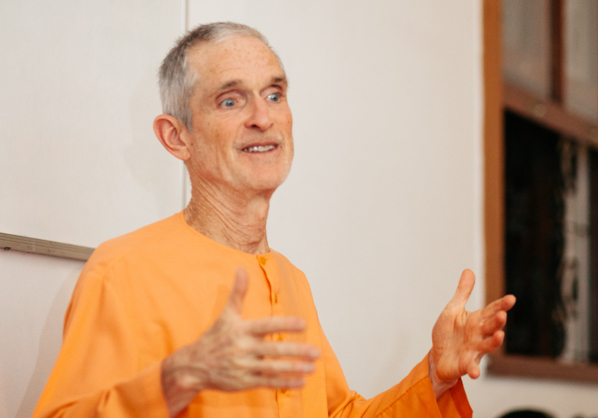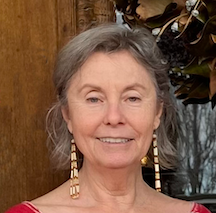Teaching of the Month – Kindness
“What wisdom can you find that is greater than kindness?” —Jean-Jacques Rousseau
“Kindness is the only service that will stand the storm of life and not wash out. It will wear well and will be remembered long after the prism of politeness or the complexion of courtesy has faded away.” —Abraham Lincoln.
“Kindness can become its own motive. We are made kind by being kind.” —Eric Hoffer
The Practice of Mettā by Luang Por Sumedho
There is a great lack of mettā in the world today because we have overdeveloped our critical faculties: we constantly analyze and criticize. We dwell on what is wrong with ourselves, with others, with the society we live in. Mettā, however, means not dwelling in aversion, but being kind and patient even to what is bad, evil, foul or terrible. It’s easy to be kind to nice animals like little kittens and puppies. It’s easy to be kind to people we like, such as sweet little children, especially when they are not ours. It’s easy to be kind to old ladies and men when we don’t have to live with them. It is easy to be kind to those who agree with us politically and philosophically and who do not threaten us in any way. It is much more difficult to be kind to those we don’t like, who threaten us or disgust us. That takes much more endurance.
First we have to start with ourselves, so in traditional Buddhist style we always start the practice of mettā by having mettā for ourselves. This does not mean we say: ‘I really love myself, I really like me.’ When we practise mettā towards ourselves, we no longer dwell in aversion to ourselves. We extend kindness to ourselves, to our conditions of body and mind. We extend kindness and patience even to faults and failings, to bad thoughts, moods, anger, greed, fears, doubts, jealousies, delusions – all that we may not like about ourselves.
Collected in the Ajahn Sumedho Anthology Vol 1 – Peace is a Simple Step






